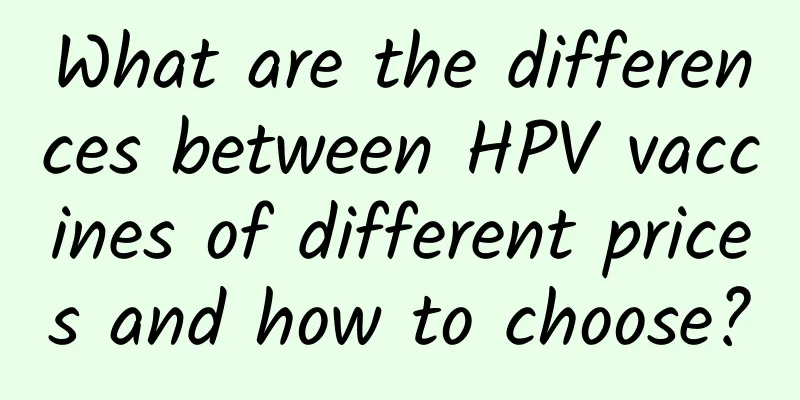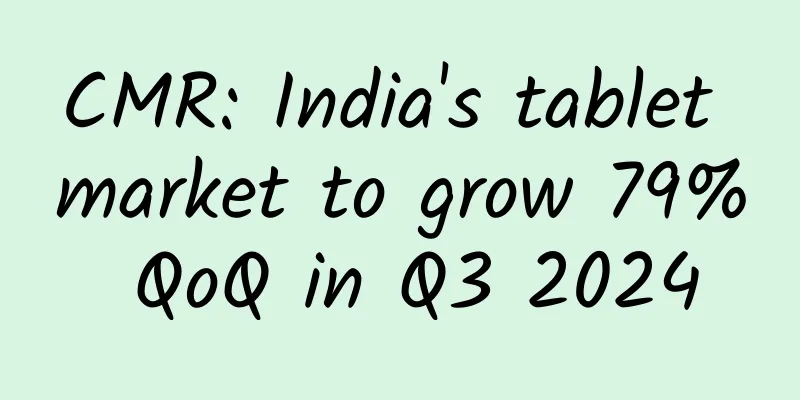What are the differences between HPV vaccines of different prices and how to choose?

|
Human papillomavirus (HPV) is a DNA virus that can infect the epidermis and mucous membranes of the human body. Studies have found that 99.7% of cervical cancers are related to HPV infection [1]. HPV vaccination is currently the most effective way to prevent HPV infection. Currently, there are many HPV vaccines approved for use in my country. What are the differences between these vaccines? How should we choose? First, let's learn about HPV virus. There are many types of HPV virus. So far, about 170 types of HPV virus have been discovered. According to the infection site, it can be divided into epithelial type and mucosal type. Epithelial type includes 1, 5, 8, 14, 20, 21, 25, 47; mucosal type includes 6, 11, 16, 18, 31, 3, 35, 39, 41, 45, 51, 52, 56, 58, 59, 68, 70 and 72. According to carcinogenicity, it can be divided into high-risk type and low-risk type. Low-risk type includes 6, 11, 41, 42, 43, 44, 70, and high-risk type includes 16, 18, 31, 33, 35, 39, 45, 51, 52, 56, 58, 59, 68. Low-risk HPV viruses can cause common warts, genital warts (condyloma acuminatum), etc. The most common low-risk types that cause lesions are HPV types 6 and 11. High-risk HPV viruses can cause cervical cancer, vaginal cancer, vulvar cancer, oral and throat cancer, etc. The most common high-risk HPV types are 16 and 18 subtypes. There are currently three types of HPV vaccines approved for use in my country, namely bivalent, quadrivalent and nine-valent HPV vaccines, where the “valence” represents the number of HPV virus types that the vaccine can prevent. The bivalent HPV vaccine can prevent two HPV subtypes, 16 and 18. Currently, the bivalent HPV vaccines in my country include GlaxoSmithKline’s Cervarix vaccine and the domestic bivalent vaccine (Xinkening). The quadrivalent HPV vaccine can prevent four HPV subtypes, 6, 11, 16 and 18. Currently, the quadrivalent HPV vaccine used in my country is Merck’s Gardasil vaccine. The nine-valent vaccine can prevent nine HPV subtypes, including 6, 11, 16, 18, 31, 33, 45, 52 and 58, which basically cover the most common HPV virus subtypes that can cause disease. The nine-valent HPV vaccine currently approved for use is Merck’s Gardasil 9 vaccine[2]. At present, the recommended vaccination age for the bivalent vaccine in my country is 9 to 45 years old, the recommended vaccination age for the quadrivalent vaccine is 18 to 45 years old, and the nine-valent vaccine is recommended for women aged 16 to 26. The HPV vaccine is best administered before the first sexual intercourse. If you have already had sexual intercourse, you can first undergo relevant examinations. If you are not infected with the HPV virus, the HPV vaccine can still play a preventive role at this time. If you find that you have been infected with HPV, you need to determine the HPV subtype you are infected with and receive timely treatment. It is still useful to get the HPV vaccine at this time. For example, if the patient is infected with low-risk HPV types such as 6 and 11, vaccination can still prevent infection with high-risk HPV. You can choose to get HPV vaccines of different valences according to your age. Currently, the nine-valent HPV vaccine has a wider protection range and a higher protection rate. However, since the nine-valent vaccine is still in short supply in my country, many women of appropriate age cannot get the nine-valent vaccine in time. In addition to age restrictions, many women over the age of 26 cannot get the vaccine. In such cases, it is recommended to get the quadrivalent or bivalent HPV vaccine first. These two types of vaccines can prevent the two most common high-risk HPV types and play a vital role in preventing cervical cancer. References: [1] Walboomers JM, Jacobs MV, Manos MM, et al. Human papillomavirus is a necessary cause of invasive cervical cancer worldwide. The Journal of pathology, 1999, 189: 12-19 [2] Luo Qin. How to choose among three cervical cancer vaccines. Family Medicine, 2019, No.625: 34-35 |
<<: Why is Ersi only available in Yunnan? What is the difference between Ersi and rice noodles?
>>: What is a milk cake? The advantages and disadvantages of eating milk cakes
Recommend
Say “No” to Liver Cancer
Lao Wang, 50 years old, is a workaholic who often...
How to cure breast duct ectasia
Some people find that their mammary glands are en...
Can I wash my hair every day in summer? When is the best time to wash my hair?
We all spend a lot of time with our hair every da...
Omdia: iPhone 15 Pro Max shipments reached 21.8 million units in the first half of 2024, ranking first
Recently, according to a report released by marke...
There are 5 recipes for breast enhancement during menstruation
Breast enhancement is a topic that women have bee...
How to keep your breasts round and firm?
Nowadays, women love beauty very much. They all h...
If my child doesn’t grow taller, can I use growth hormone?
My child's height is not ideal. I want him to...
What can I eat to reduce internal heat during menstruation?
In life, many female friends always have problems...
Can I drink royal jelly during menstruation?
In fact, royal jelly contains a lot of protein, a...
How many types of bamboo shoots are there? How to peel bamboo shoots?
One of the types of bamboo shoots is winter bambo...
Will a tct test cause bleeding?
TCT examination is actually a cervical cytology e...
What are the characteristics of malignant breast lumps?
Breast health requires us to pay special attentio...
Knowledge about women's health care in four seasons
When female friends are maintaining their health ...
Why do women have a small belly?
In real life, some women are not very old but hav...









